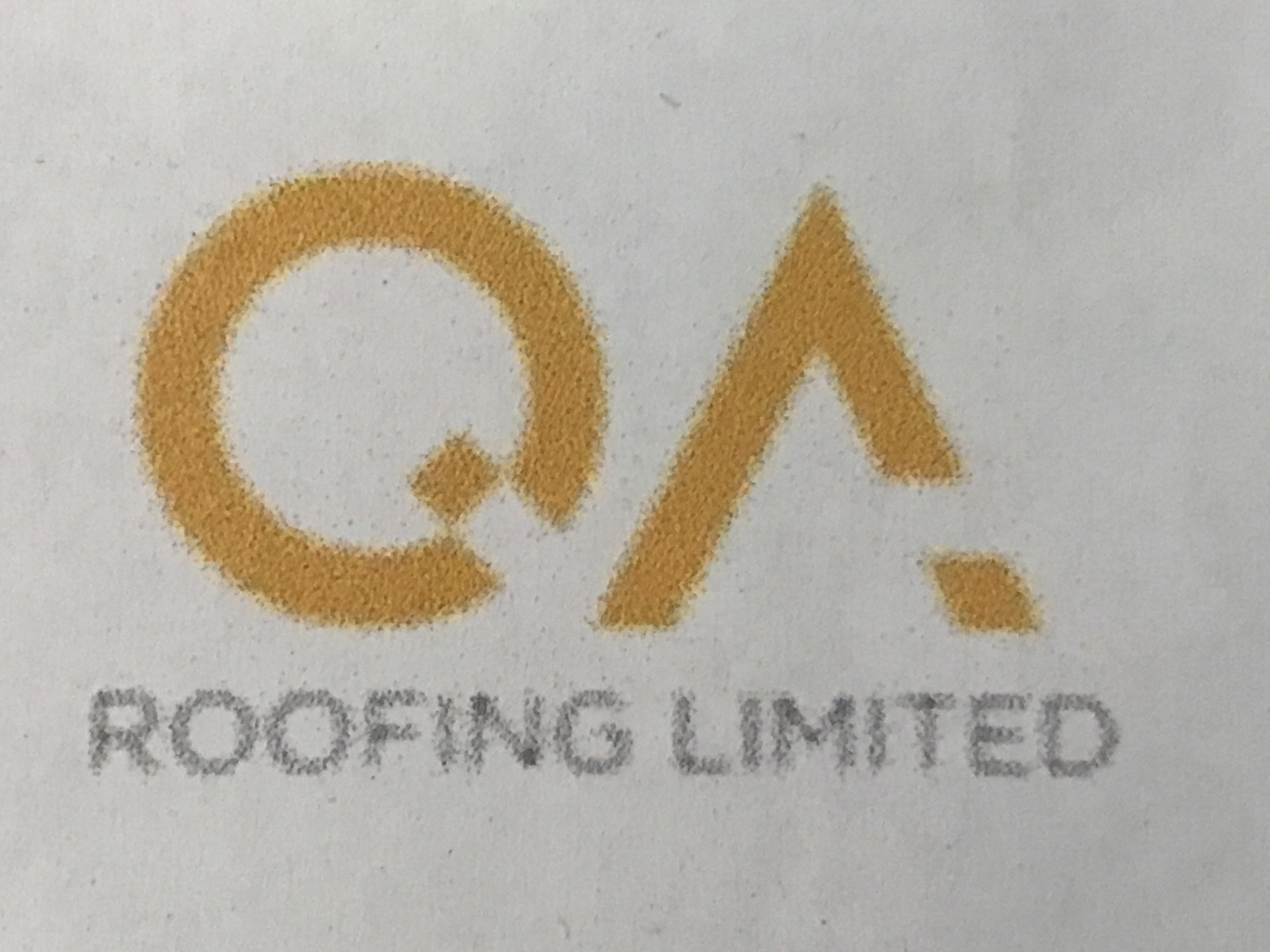Title Page
-
Site
-
Division/Business
-
Client
-
Conducted on
-
Audited by
-
Contract/Job description
1. Job planning and inductions
-
1.1. Have budgets and plant and equipment requirements been identified?
-
1.2. Has a job plan/QHSE plan been completed prior to commencing work?
-
1.3. Has a site emergency plan been completed and reviewed with staff?
-
1.4. Does the job or type of work require a Resource Consent or Permit?
-
1.5. Has a method statement been written?
-
1.6. Are regular toolboxes held with all crew members?
-
1.7. Are job pre-starts being carried out with the work crews?
-
1.8. Are records/minutes of toolboxes and pre-starts being kept and signed on to by all staff?
-
1.9. Have all staff completed a TBS Group induction?
-
1.10. Have all staff and contractors been inducted to the site -is there evidence?
-
1.11. Have new staff initially been given an experienced ‘buddy’ to assist with internal training?
2. Hazard identification and management
-
2.1. Have site hazards been identified and the crew been actively involved in the process?
-
2.2. Is a copy of the hazard id, hazard register and/or SWMS/JSEA on site?
-
2.3. Have personnel been briefed and signed on job plan, SMWM/JSEA?
-
2.4. Are personnel aware of the take 5 process?
-
2.5. Are signs and barriers erected around work to protect the public and other workers?
-
2.6. Are all personnel complying with control measures
3. Environmental protection and management
-
3.1. Is waste being disposed of correctly and is there adequate provision of rubbish bins?
-
3.2. Is there a spill response plan developed and are staff aware of the requirements?
-
3.3. Are copies of SDS held on site where relevant?
-
3.4. Are there spill kits located nearby storage areas/where hazardous substances are used?
-
3.5. Are hazardous substances stored in bunded areas?
-
3.6. If containment is in place, is it sufficient?
-
3.7. Have drains and waterways been protected from run off/spills of substances?
-
3.8. Is air/noise monitoring being carried out where required?
4. Emergency management and first aid
-
4.1. Is there a first aid kit (s) on site – is it complete and current?
-
4.2. Is there a fire extinguisher(s)/hose reel on site?
-
4.3. Are first aid kits and fire-fighting equipment located in necessary places?
-
4.4. Is a list of emergency contacts and trained first aiders held on site and updated regularly?
-
4.5. Are staff familiar with the emergency procedures and assembly points for the site?
-
4.6. Are emergency procedures displayed on site?
-
4.7. Are site assembly points well sign posted and clear?
5. Training requirements
-
5.1. Are personnel competent to carry out their assigned tasks?
-
5.2. Have personnel completed mandatory training if working at height?
-
5.3. Have personnel completed mandatory training if working in a confined space?
-
5.4. Do all personnel operating plant or vehicles hold licenses as required?
-
5.5. Is there a training register available to verify training has been completed?
6. Plant and equipment management incl PPE
-
6.1. Was all plant serviced and in good condition prior to use on site?
-
6.2. Are all regos, cof/wof’s, road users, servicing requirements current on vehicles and plant?
-
6.3. Have plant pre-start checks been carried out on each shift e.g .compressors, generators?
-
6.4. Is there somewhere plant and equipment can be safely stored outside work hours?
-
6.5. Has all hired plant/equip been inspected prior to use to ensure it is in good working order?
-
6.6. Have current certificates been provided for plant such as cranes?
-
6.7. Are hoses and fittings in sound condition?
-
6.8. Are whip checks fitted?
-
6.9. Are hoses protected from damage from vehicle movements?
-
6.10. Is all lifting equipment and fall arrest gear certified and within date?
-
6.11. Are staff wearing the mandatory PPE required on site and task specific PPE?
-
6.12. Do staff understand what their responsibilities are with regard to PPE?
-
6.13. Have staff been trained in the use of their PPE i.e. Respirator?
-
6.14. Is there a system in place for issue and renewal of PPE?
-
6.15. Verify that any grinder on site is 7 inches or smaller and complies with the requirements of TBSGRP-GWM-012 Use of Angle Grinders
-
6.16. Verify the use of cutting knives is done as per TBSGRP-GWM-013 Use of Cutting Knives
7. Electrical equipment/power tools (tag defective equipment)
-
7.1. Are all power tools in good condition and been inspected / tagged and are current?
-
7.2. Are power tools being used correctly and for the right task?
-
7.3. Are power/extension leads tagged and in good condition?
-
7.4. Are required safety devices (guards) fitted to power tools?
-
7.5. Is electrical equip tagged and taken out of service if it defective/has an expired test tag?
8. Management of contractors
-
8.1. Are contractors used, from the approved supplier/subcontractor list? If not, why not?
-
8.2. If it is a new contractor being used, have they completed the pre-qualification process?
-
8.3. Are contractor personnel actively involved in all aspects of QHSE on the site?
-
8.4. Have all contractor personnel completed an induction with TBS prior to commencing?







